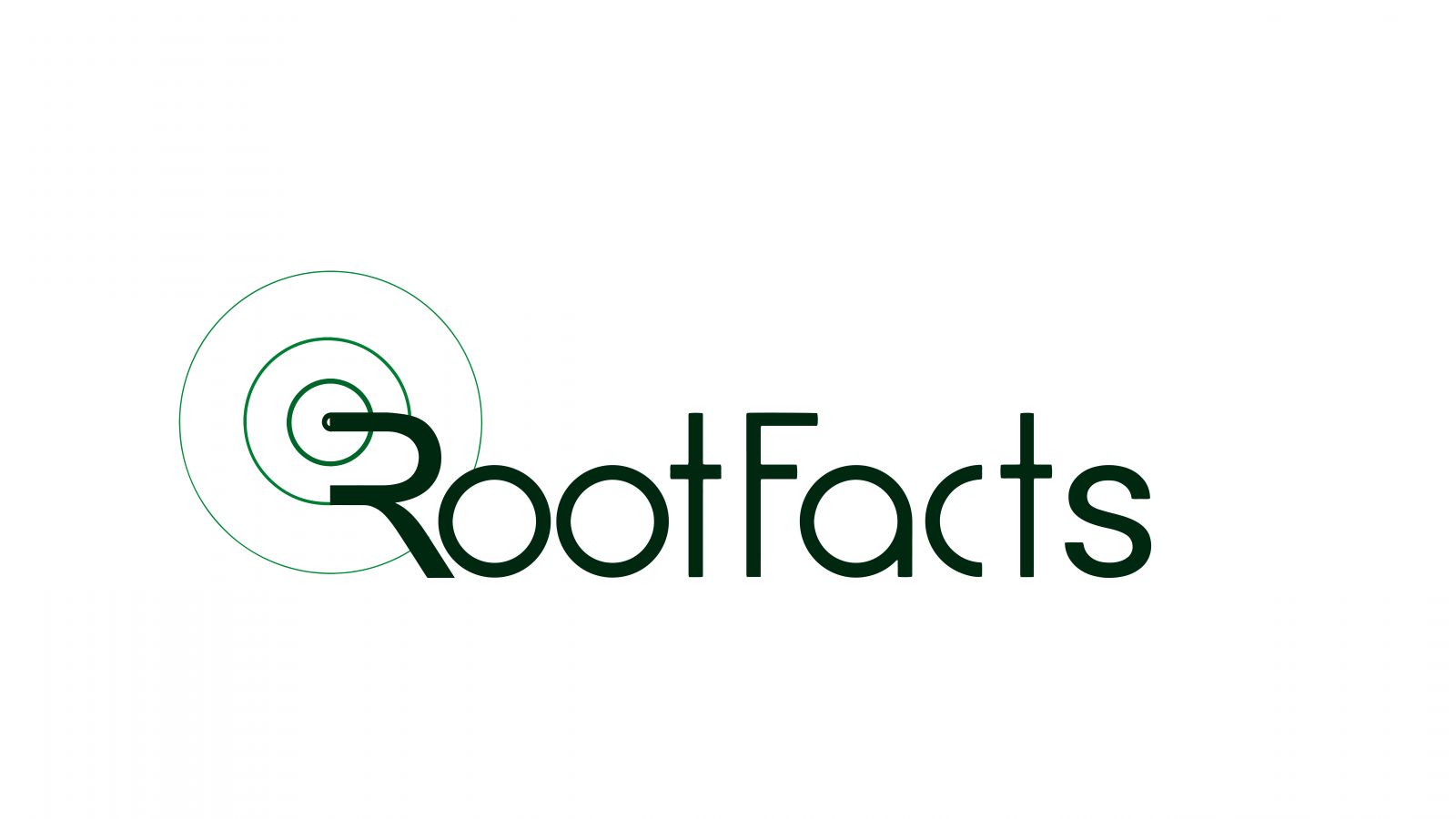Advanced Techniques in Data Assimilation for Weather

Bridging the Gaps: Data Assimilation with Advanced Techniques by RootFacts Company
RootFacts comprehensive guide into the world of data assimilation through advanced techniques. We will explore basic principles of data assimilation, merits of advanced techniques and how RootFacts uses them in order to have more comprehensive understanding about weather and consequently better forecasting.
Demystifying Data Assimilation
Core function: Data Assimilation acts like a bridge linking two major sources
- Numerical Weather Prediction (NWP) Models
Sophisticated mathematical models replicating atmosphere processes and generating forecasts.
Observations: Real-time measurements for different sources including:
- Ground-based weather stations (temperature, pressure, humidity, wind speed)
- Weather balloons
- Radar and satellite imagery
Addressing Model Imperfections
NWP models are powerful but not perfect because they rely on approximations and simplifications of complex atmospheric processes. The role played by data assimilation is;
Addressing Model Imperfections
NWP models are powerful but not perfect because they rely on approximations and simplifications of complex atmospheric processes. The role played by data assimilation is;
Correcting Model Errors
Observations help identify disparities between model predictions and what actually happens in the atmosphere.
Improving Initial Conditions
By introducing real-time observations in NWP models results into better initial conditions hence improving forecast accuracy.
Traditional Data Assimilation Techniques
variational Data Assimilation (VAR)
Ensemble Kalman Filter (EnKF)
Advanced Techniques for Enhanced Data Assimilation
RootFacts has been a trendsetter when it comes to using advanced data assimilation techniques to improve NWP model performance further:
Four-Dimensional variational Data Assimilation (4D-Var)
Hybrid Data Assimilation
Data Assimilation for New Observation Types
Advanced Error Covariance Modelling
Benefits of Utilizing Advanced Data Assimilation Techniques
Thus RootFacts avails a number of benefits weather professionals can benefit from with regard to adoption of advanced data assimilation techniques:
Improved Forecast Accuracy
Better initial conditions and improved representation of the real atmosphere are responsible for improved NWP forecasts especially in short-term meteorological events.
Enhanced Severe Weather Prediction
These include hurricanes, tornadoes, and floods whose prediction can be improved through advanced data assimilation that captures well the atmospheric dynamics leading them.
Reduced Forecast Uncertainty
By considering uncertainties in both models and observations, advanced techniques give reliable predictions making forecast mistakes clearer.
Producing Better Climate Projections in Long Run
Refined data assimilation can improve climate models that are used to make long-term predictions of climate change.
RootFacts Approach to Advanced Data Assimilation
RootFacts has a multi-faceted approach towards advanced data assimilation:
Collaboration with Research Institutions
Investment in High-Performance Computing:
Operational Implementation
Collaboration with Research Institutions
RootFacts actively engages with top research institutions on cutting-edge techniques for data assimilations and their implementation.

Investment in High-Performance Computing
ften, advanced methods of data assimilation require significant computing resources. Hence, high-performance computing is one of the areas RootFacts invests in to ensure effective processing of large datasets.

Operational Implementation
Ensuring applicability in real time weather forecasts, RootFacts works towards smooth integration of advanced data assimilation techniques into their operational NWP systems.



